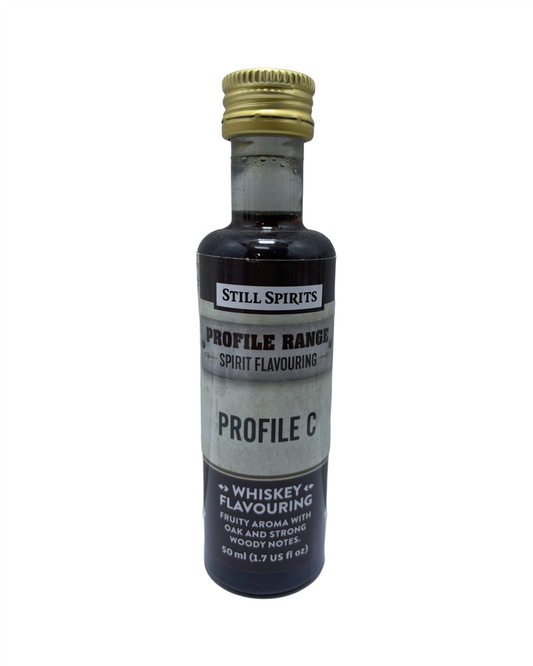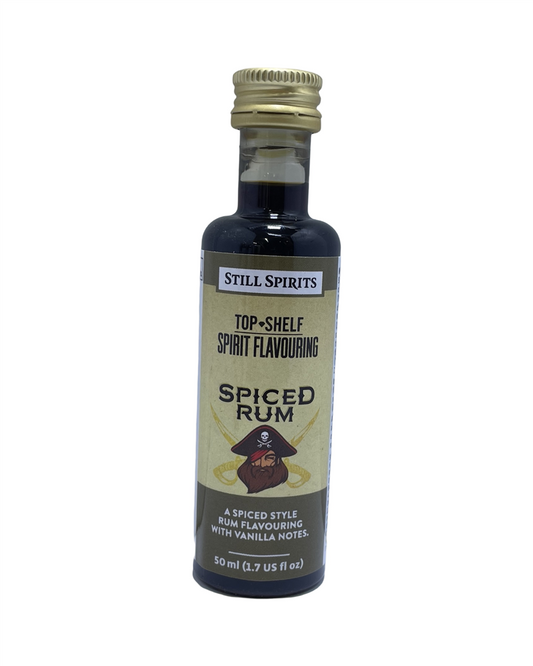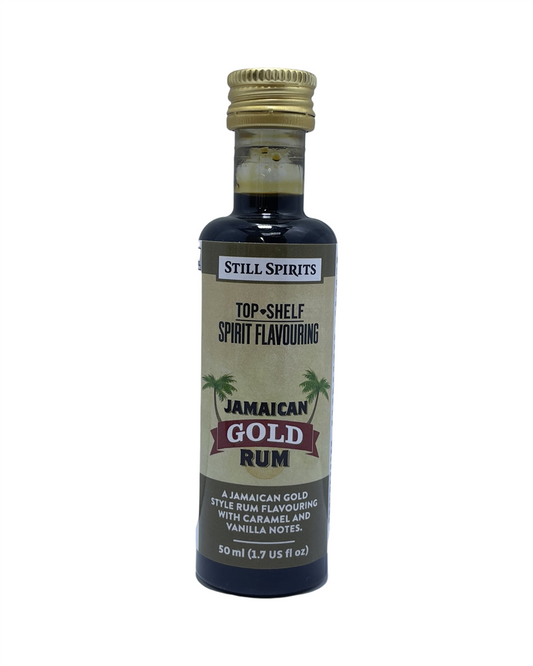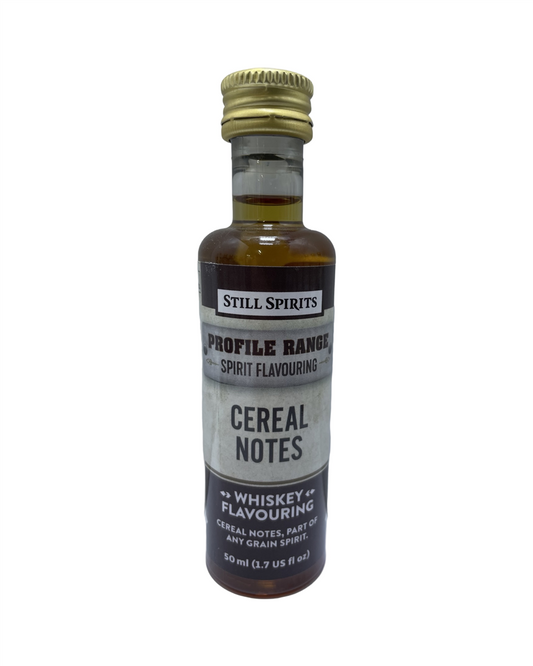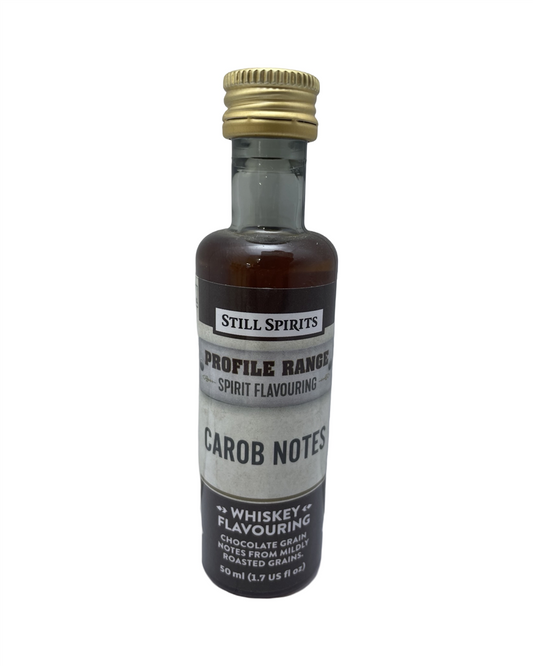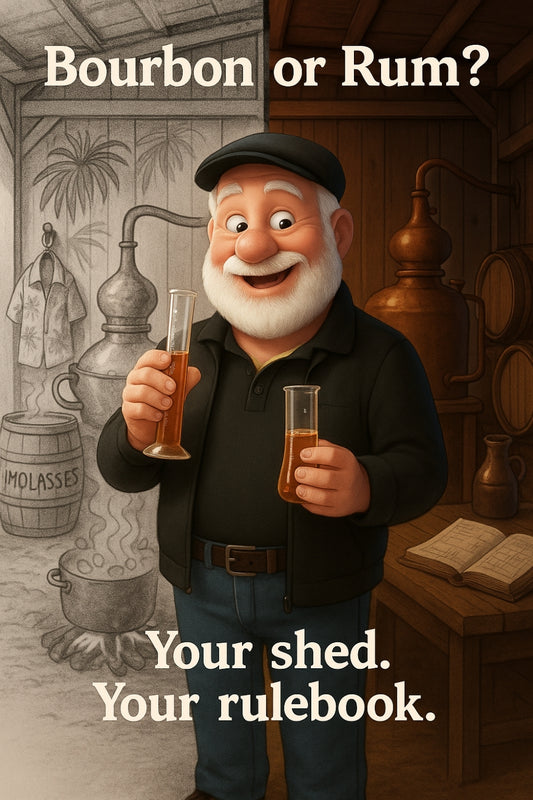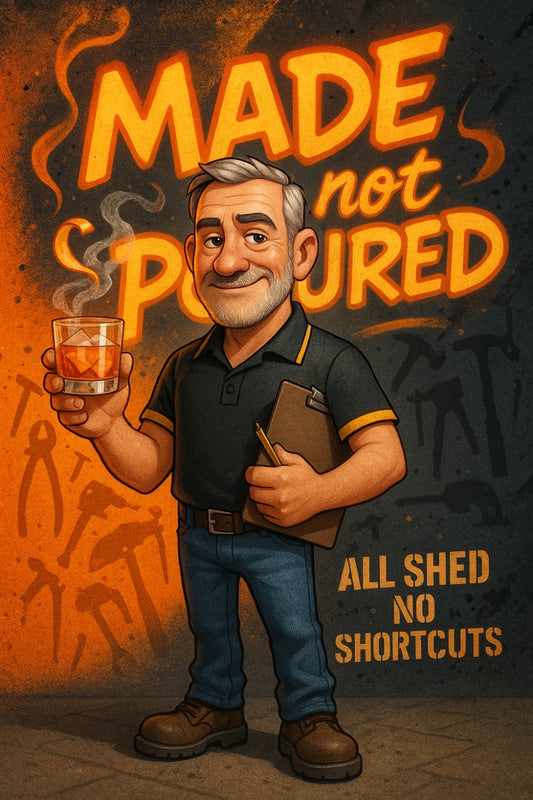The beginner’s guide to perfecting vodka with clean, neutral flavors
Share
The Beginner’s Guide to Perfecting Vodka with Clean, Neutral Flavours
Vodka. The spirit of elegant simplicity. It’s crisp, refined, and endlessly versatile. While commercially made vodka is available in every bottle shop, there’s something immensely satisfying about crafting your own—especially when you know it’s as pure and smooth as can be.
For those who love a hands-on approach to spirits, distilling vodka at home isn’t just about producing something drinkable. It’s about mastering the art of purity, stripping away impurities, and creating a liquor that’s as clean and neutral as the best on the market. If you’ve ever dreamed of crafting a vodka that could rival the big brands, you’re in the right place.
Start with the Right Base Ingredients
Vodka is, at its core, a neutral spirit. The key to getting that pristine taste? The right ingredients. Traditional vodka is made from starch-based materials such as:
- Wheat
- Rye
- Potatoes
- Corn
- Rice
- Even sugar beets
Each base will bring subtle differences, but the main goal is to extract fermentable sugars, ferment them properly, and distill them efficiently.
Proper Fermentation for a Cleaner Spirit
Fermentation is where the magic starts, and control is everything. Using a high-quality yeast specifically designed for vodka production ensures a cleaner fermentation with fewer unwanted byproducts.
Here’s what you want:
✔ A simple sugar wash at the right temperature (between 18-25°C)
✔ A yeast with high alcohol tolerance and low fusel oil production
✔ Proper nutrients to keep the yeast happy and thriving
✔ Plenty of patience—rushing fermentation leads to off flavours
Once fermentation is complete, letting the wash settle for a few extra days can help remove unwanted particulates before moving to the distillation phase.
Distilling for Purity
If fermentation is where the magic starts, distillation is where it’s perfected. The goal when making vodka is maximum purity, and that means proper fractioning.
Key Things to Control During Distillation:
- Temperature: Vodka requires a slow, controlled distillation for the cleanest results. A reflux still is best, as it allows for repeated purification cycles.
- Cutting the Heads and Tails: The first part of the distillate, often called the “heads,” contains harsh, solvent-like compounds that should be discarded. What you want is the clean middle portion, or the “hearts.” The later portion, the “tails,” carries off-flavours and heavier compounds.
- Filtering: Even after careful distillation, filtering the final spirit through activated carbon helps remove any lingering impurities and refines the vodka even more.
Water—The Unsung Hero of Smooth Vodka
Water plays a massive role in vodka quality. After distillation, your vodka likely sits around 90% alcohol, which needs to be diluted down to around 40%. The quality of water used here makes a huge difference.
Filtrated, demineralised, or spring water ensures no unwanted minerals interfere with the clean profile. If tap water is used, filtering it first removes chlorine or trace elements that could affect the taste.
Testing and Adjusting Your Vodka
You’ve done the hard work, but don’t skip the finishing touches. Testing your vodka’s ABV with a hydrometer ensures it’s at the desired strength. If it’s slightly too strong, a little more water is needed. Too weak? It might need redistillation.
Some home distillers even experiment with tiny amounts of citrus zest or bison grass for subtle flavour variations—but classic, neutral vodka should shine on its own.
Glass-Clinking-Ready
By now, your vodka should be clean, smooth, and begging for a taste test. Whether you sip it neat, mix it into cocktails, or gift a bottle to a friend, there’s an undeniable satisfaction that comes from knowing you made it yourself.
So next time someone asks what makes a perfect vodka, you’ll have the answer—from fermentation tricks right down to the final filtered drop.
Cheers to clean, crisp, homemade vodka! 🍸
- Candeece

Stay Connected
Join our homebrewing community: Beer and Barrel Society on Facebook
Follow our Facebook Page: Strathalbyn H Hardware on Facebook

